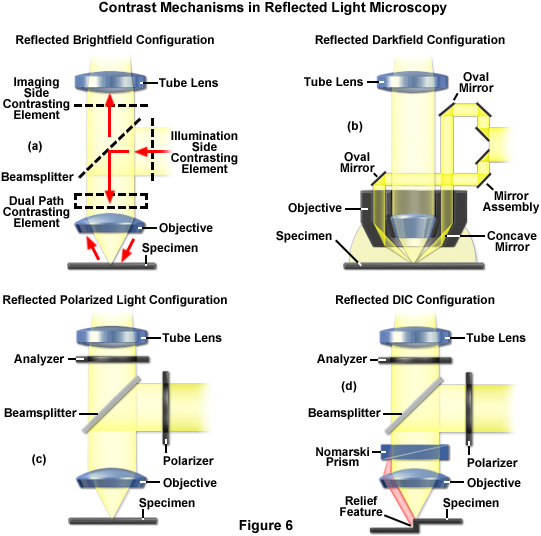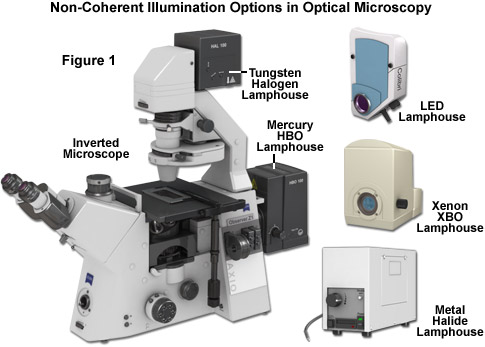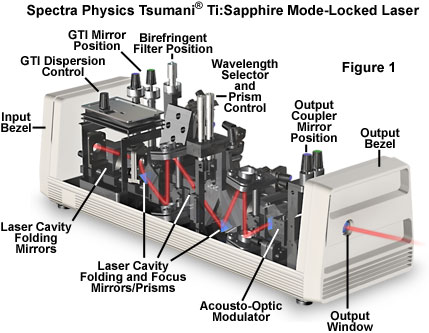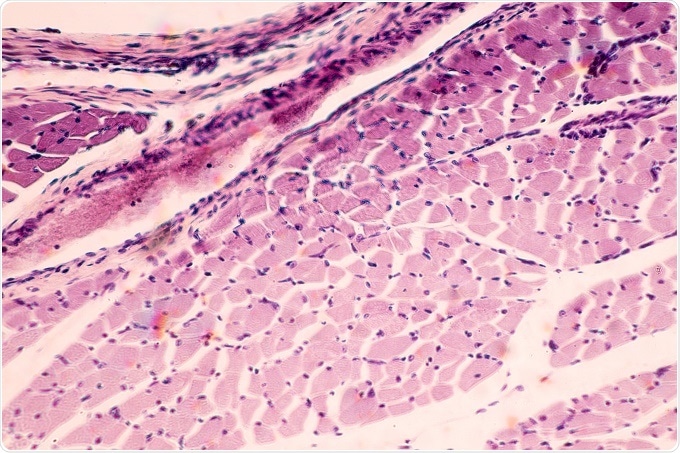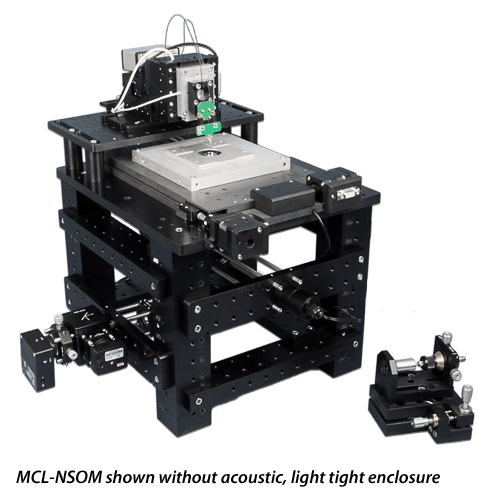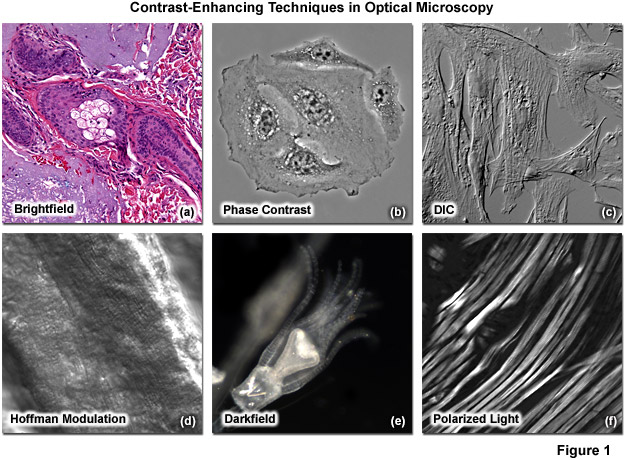Near Field Optical Microscope Applications

Imaging through wavelength refraction and polarization variations snom measurements on algan and uv leds imaging of exciton wave functions time resolved snom measurements.
Near field optical microscope applications. Aperture near field scanning optical microscopy nsom with fluorescence detection gives bio chemical specificity and orientational information in addition to the simultaneously acquired force image. Many different methods have been developed in recent years to gain insight into the structure of proteins membranes organelles and cells. Biological applications of near field optical microscopy article pdf available in ieee engineering in medicine and biology magazine 15 1 51 58 february 1996 with 113 reads. Presents several biological applications of near field optical microscopy in combination with force microscopy.
A fundamental principle in diffraction limited optical microscopy requires that the spatial resolution of an image is limited by the wavelength of the incident light and by the numerical apertures of the condenser and objective lens systems. Principle of scanning near field optical microscope and its operation modes. Outline optical near field. Near field scanning optical microscopy nsom or scanning near field optical microscopy snom is a microscopy technique for nanostructure investigation that breaks the far field resolution limit by exploiting the properties of evanescent waves in snom the excitation laser light is focused through an aperture with a diameter smaller than the excitation wavelength resulting in an evanescent.
Scanning near field optical microscopy snom based on metal coated adiabatically tapered fibres combined with shear force feedback and operated in illumination mode has proven to be the most. A new method for high resolution imaging near field scanning optical microscopy nsom has been developed. Probes and distance control. Here we demonstrate the application of near field scanning optical microscopy nsom for analysis of the structures of typical photosynthetic membrane objects such as chloroplasts and thylakoids from spinach and chromatophores from purple bacteria.
The concepts governing this method are discussed and the technical challenges encountered in constructing a working nsom instrument are described.

